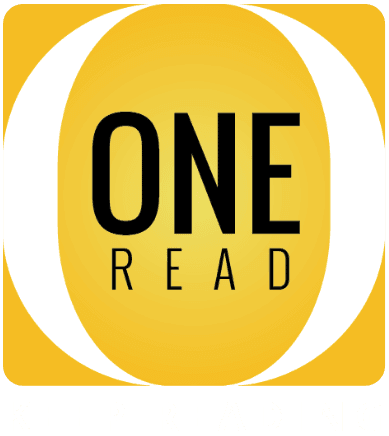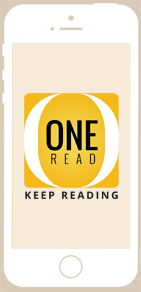
Gone are the days when delivering lectures and seminars was only limited to classrooms. Modern education is now all about learning on the go. One such flexible solution that makes this possible is digital learning or eLearning, which has already started to replace traditional ways of learning. Did you know that the total revenue for the global eLearning market is expected to reach $325 Billion by 2025. Also, adopting eLearning programs has helped around 42% of US organizations to increase their income.
The main reason behind the enormous success of eLearning is the ease of learning. Learners no longer need to confine themselves to a classroom because they can learn on the go. Thanks to modern eLearning solutions, students can now simply learn via their mobile devices like smartphones, tablets, etc.
eLearning is definitely the future of modern education. Not so sure? Wait till you go through this guide and see why eLearning is flourishing.
Let’s start with the benefits of eLearning.
Why eLearning?
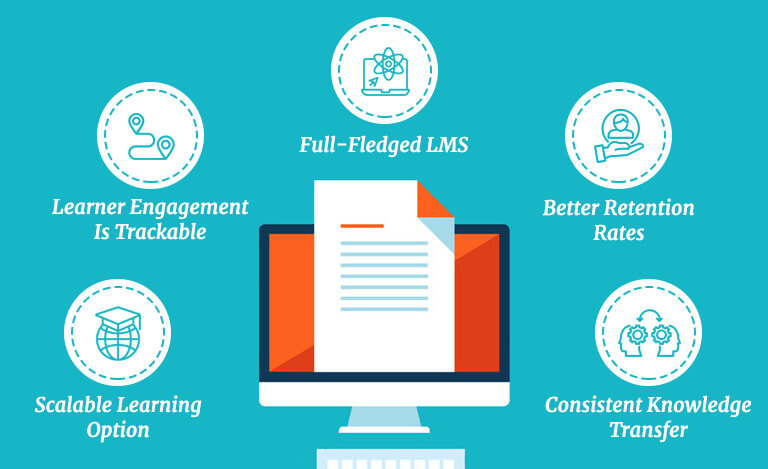
- Scalable learning option
- Learner engagement is trackable
- Full-fledged LMS
- Better retention rates
- Consistent knowledge transfer
eLearning has made learning and teaching extremely easy. This is the main reason why most people are now turning to online courses. For example, consider the corporate sector where digital training to the employees is to be provided. In such a case, eLearning could aid a much faster transfer of knowledge. New training material, policies, ideas, etc. can be easily communicated via an online learning system. As for the educational sector, new content or publications can easily be updated and distributed via the respective LMS (Learning Management System).
Every publisher wants to generate a good ROI for the content they publish, which is a challenging task. However, if you are able to track the user engagement and see how your content is performing, you can alter your publishing strategy accordingly. Analytics can help you track user behavior by providing you with real-time analysis and performance metrics w.r.t. your published content. Real-time data will help you discover and fill any gaps in your training program, which can later be fixed by redesigning the course or updating it with better content. Not just the published content, analytics can also help you in monitoring the learners’ performance too.
Creating and publishing content is one thing. Delivering it to your intended audience is another. A learning management system or an LMS can help you to manage all your content at one place. eLearning, in this case, aids content distribution and creation by organizing everything at a centralized location. Changes to the content or any other module can then be easily made by the admin. The freedom to alter and update the content at any given time makes it easy to deliver fresh and updated content to the learners with minimum effort.
Did you know that students who attend a classroom training tend to have a knowledge retention rate of only 8% to 10%? Interestingly, eLearning increases the retention rate between 25% to 60%. Well, this is because eLearning provides the learners with better control over the learning process. Students are able to learn at their own pace, which is not otherwise possible in a classroom training program.
eLearning helps publishers reach a wider target audience via an effective content distribution system. Also, since the transfer of knowledge occurs via a centralized system, it ensures consistent delivery of content.
Now that you’re aware of how important eLearning is, it’s time to dig a little deeper into it. How is eLearning really implemented? How do I go about digital publishing? What all will be needed? Find the answers to these questions below.
How eLearning and digital publishing are related?
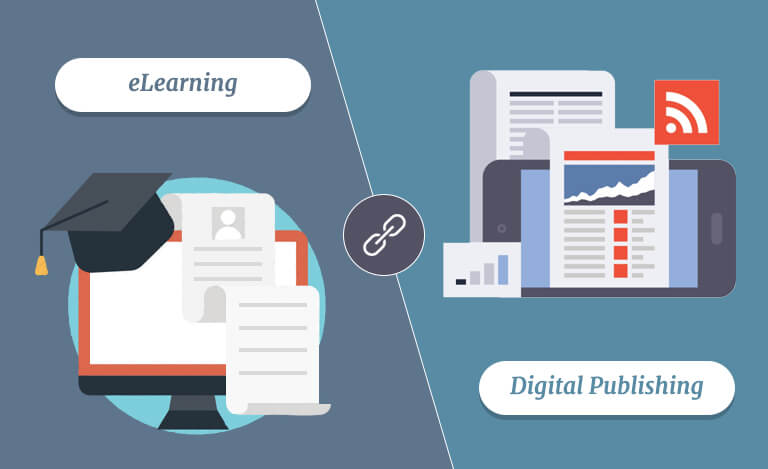
To put it in simple words, eLearning is incomplete without digital publishing. One cannot think about going forward with eLearning without digital content or a digital publishing platform. Here are the 3 main pillars of eLearning:
1. Digital content publishing
2. Content distribution
3. eLearning platforms
Digital content publishing
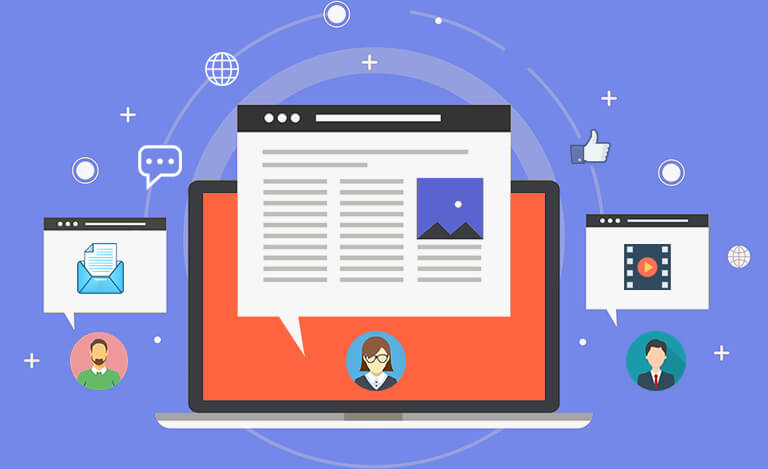
The very first requirement for an eLearning course is content. This is how it goes:
- Quality content that has been edited by professionals is a must to get an eLearning course started.
- Next up, you need to convert your content into a digital format. The most popular forms of content publishing are eBooks and interactive videos. However, you can choose from an array of digital publishing formats such as Word, PDF, PPT, etc. to get your eLearning course designed.
- Making your digital content more engaging and interesting is possible, thanks to modern ePublishing formats. Elements like audio, video, assignments, external links or references, quizzes, games, puzzles, etc. can be added to make the content easy and fun, hence increasing the user engagement level of your eLearning course.
Each of these steps will be covered only if you choose an appropriate digital platform that supports interactive content. You may get a customized white-label solution to get your content created and published the way you want. Not just that, a white-label app will also helo you distribute your content right and cover a larger portion of the audience, which brings us to our next step.
Content distribution
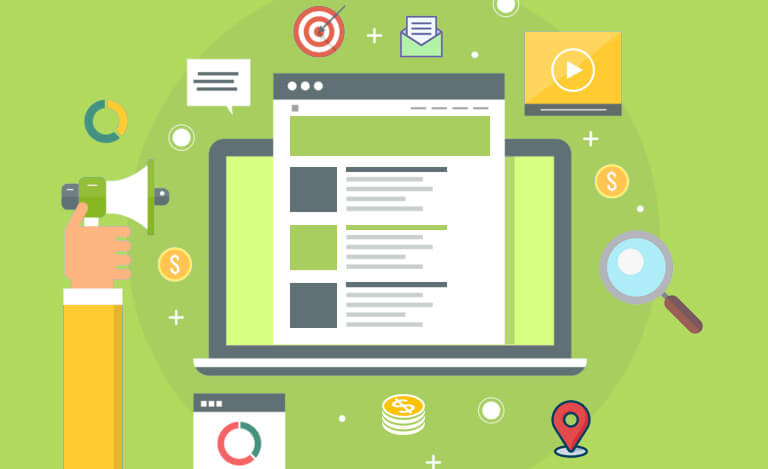
Once the course content is finalized and published, you will then need a system to distribute it to your target audience. For that, you must finalize on a digital distribution platform that is embedded with the right security systems to safely distribute your content to the readers. A protected platform will also block unauthorized access and keep issues like copyright infringement and content piracy at bay.
Online publishing platforms are paired with DRM that blocks illegal sharing and allows only authorized users to access your course content. While eLearning courses usually run online, you can also get them customized for offline learning. Your readers will then be able to perform offline functions like downloading and accessing an eBook offline, adding annotations, collaborative learning, and accessing course content on multiple devices and platforms simultaneously.
eLearning platforms
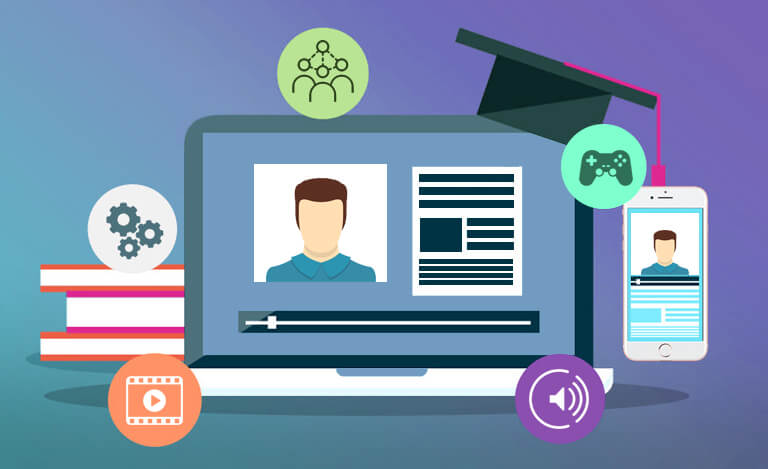
To deliver content effectively and build a noticeable learner base, you’ll need a robust eLearning platform that provides you the flexibility you need to create, publish, and distribute interactive. What’s great is that you also get to embed an analytics dashboard into your eLearning platform that lets you track learner engagement as well as their performance in the easiest way possible.
You can choose any of the following eLearning solutions:
- Pre K-12
- Higher Ed
One of the most comprehensive and interactive eLearning solutions is K-12 eBooks. Making training engaging and interactive for young learners can actually accelerate their overall development. Academic content can be converted into interactive content by embedding HTML5 and CSS3 codes in the eBook code. Plus, K-12 eBooks can also be embedded with interactive elements like videos, audios, quizzes, games, etc. to keep your learners hooked and hence engage better with your content.
eLearning courses for the higher education industry can also be designed using a white-label solution. A dedicated app will give you the freedom to customize your course content according to various subjects like Math, Sociology, History, Science, Law, etc. Every type of course content can be made interactive with the help of certain elements like popup windows, drag and drop entities, drop-down menus and potentially any other thing that makes learning interactive.
So, you see how eLearning can be leveraged for modern education and how it is a great way to generate a good ROI on your published content. The next step now is to learn more about how to implement it right. Stay tuned for the 2nd part!
How OneRead Can Help?
If you are intrigued and want to design and deliver an amazing eLearning course, then you’re just one step away from success. OneRead is a customizable online publishing platform that can act like the best eLearning solution for all your requirements. Get your legacy or educational content published on a secure platform by professionals. Wait no more! Write to us at info@one-read.com and get started.

